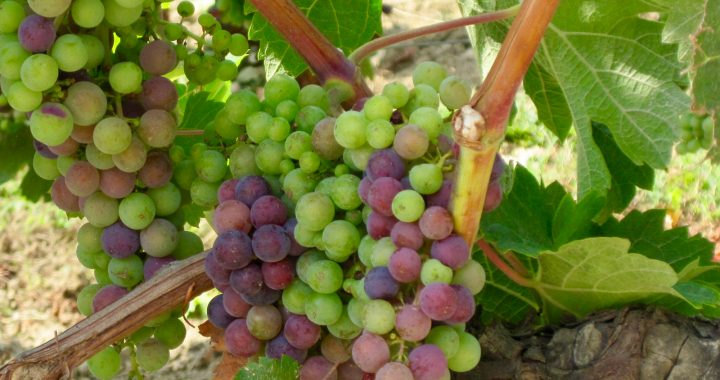
The Bordeaux wine region in France is one of best known of all world wine regions evoking an aura of class, quality, and longevity. However, this is a region with a fascinating history and the ancestral home of grape varieties that are grown all over the world. Grapevines here are reputed to have been planted by ancient Roman invaders but it was in the 12th century that the region became really well known. The marriage of Eleanor of Aquitaine (the old name of the region that includes Bordeaux) to Henry of England (who became King Henry II) in 1154 A.D. resulted in this region becoming part of England for 300 years. During that time, the city of Bordeaux developed into a major port from where wine was shipped to England and then onto many countries worldwide.
Restored as a part of France in the 15th century, the region soon became known for its high quality wines. Thomas Jefferson (then Ambassador to France) visited in 1787 and extolled the qualities of Bordeaux wine and was also responsible for introducing it to many of the founding fathers in the United States. Jefferson attempted to grow Bordeaux grape varieties in Virginia, without much success, but since then these varieties have since spread all over the world including South Africa, New Zealand, Australia, Chile and Argentina. Red grape varieties such as Cabernet Sauvignon, Merlot, and Cabernet Franc and whites such as Sauvignon Blanc, Semillon, and Muscadelle are well known to many wine lovers. In fact, two other red grapes, Malbec and Carmenere, predominant in Argentina and Chile, are originally from Bordeaux but rarely grown there anymore.
The city of Bordeaux, located on a bend on the Garonne River, reminded me a little bit of the potential of the French Quarter and riverfront of New Orleans to have miles of walkable waterfront access in the future. Bordeaux has become a city that prides itself not only as one of the top cities in the business of wine but also in many other modern industries as well. A simple way to understand Bordeaux wine is to become familiar with the rivers that flow through this area. Two rivers, the Garonne and the Dordogne flow into the Gironde Estuary which enters the Atlantic Ocean and these geographical features along with the various soil types define many of the types of wine produced here.
Very simply, there are three main regions; the Left Bank (of the Garonne); the Right Bank; and Entre-Deux-Mers (roughly translated as “between two waters”). Each of these has a different microclimate and also soil types giving them their unique terroirs. The Left Bank includes some of the world’s most famous chateaux of the Medoc subregion, including Lafitte, Latour and Margaux among others. Here, Cabernet Sauvignon is blended with other red grape varieties such as Merlot and Cabernet Franc to produce wine of robust longevity (at pretty robust prices also!) Further south on the Left Bank are the sweet wine regions of Sauterne and Barsac, where grapes are allowed to develop the “noble rot” before they are harvested to produce some of the most expensive high sugar wines in the world.
On the other hand, Right Bank wines a more likely to be Merlot based in the regions of St. Emilion and Pomerol where some of the most expensive bottles of red wines are produced at the famous Chateau Petrus (a 2016 bottle of Petrus sells for around $2500!!!). Entre-deux-Mers, the region between the rivers, has rolling hills and specializes in white wines made from the Sauvignon Blanc grapes and are perfect accompaniment for the seafood of the area.
A perfect home base for a visit to this region is the city of Bordeaux, which boasts 5000 buildings dating from the 18th century with an immense Esplanade des Quinconces which contains two magnificent bronze fountains. In addition, just a few miles away is the fascinating medieval village of St. Emilion. Not only known for their great wine, this historical village of limestone houses and red tiled roofs dates back to the 10th century. The underground monolithic (built from one stone) church is really interesting and the climb to the bell tower offers spectacular views of the vine covered rolling hills.
By Harsha Chacko
